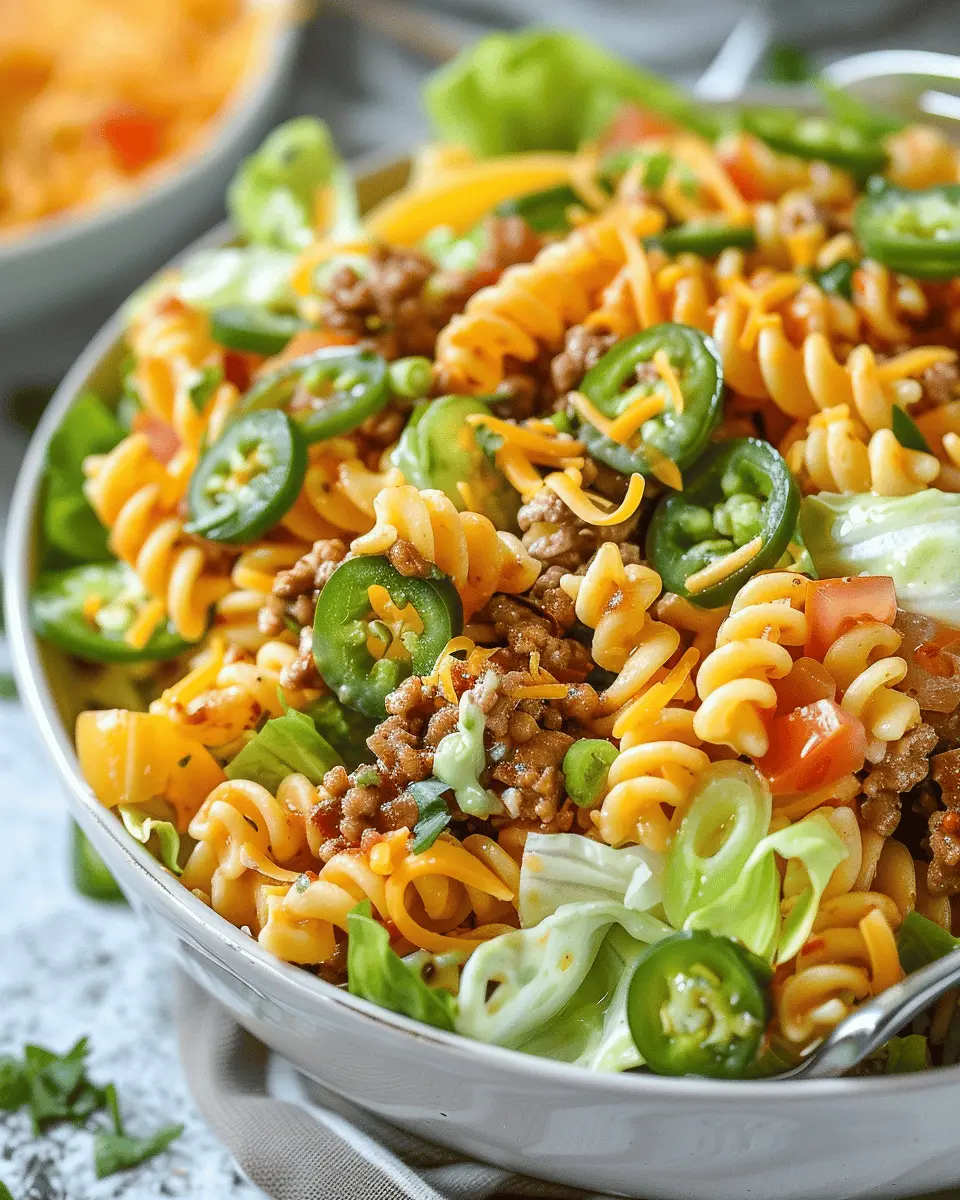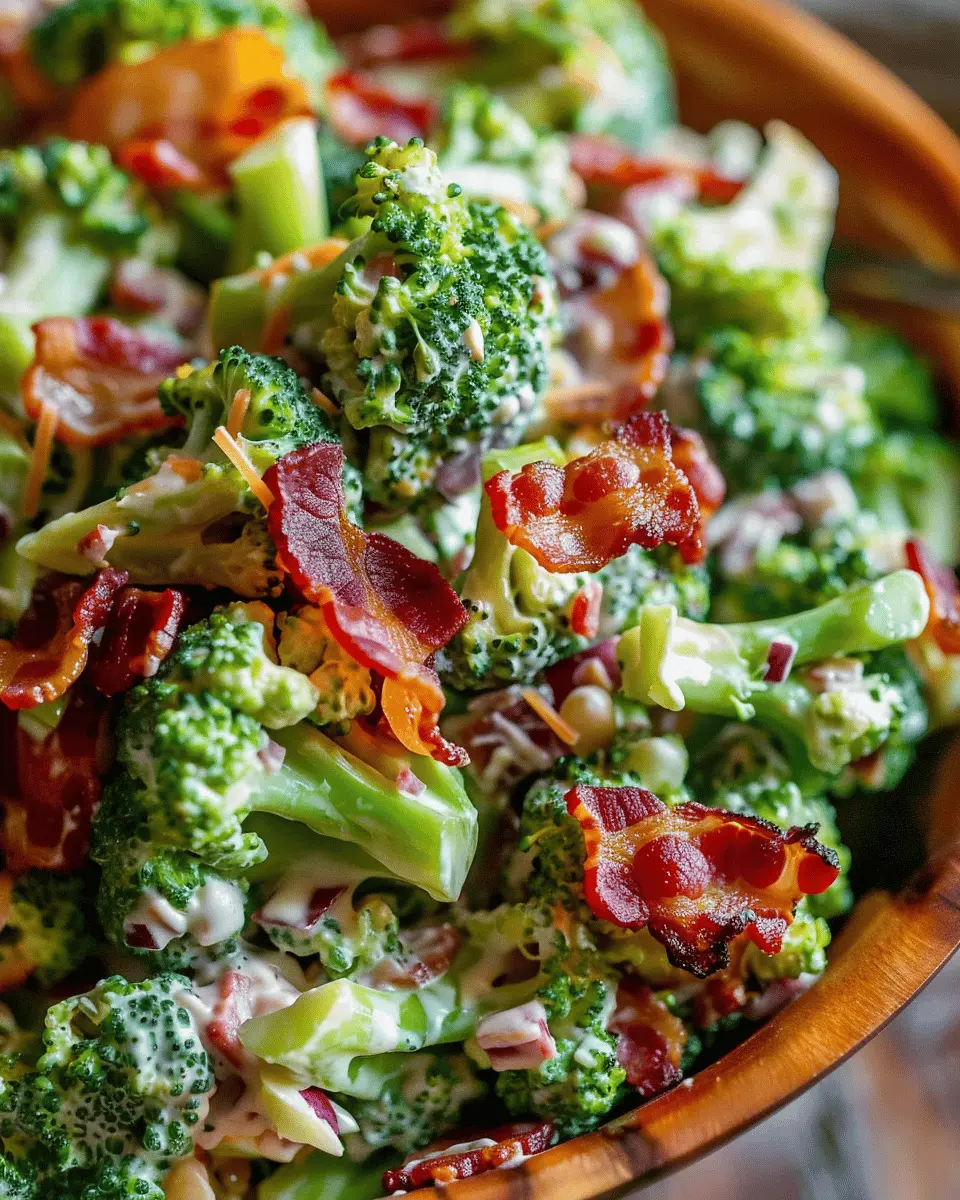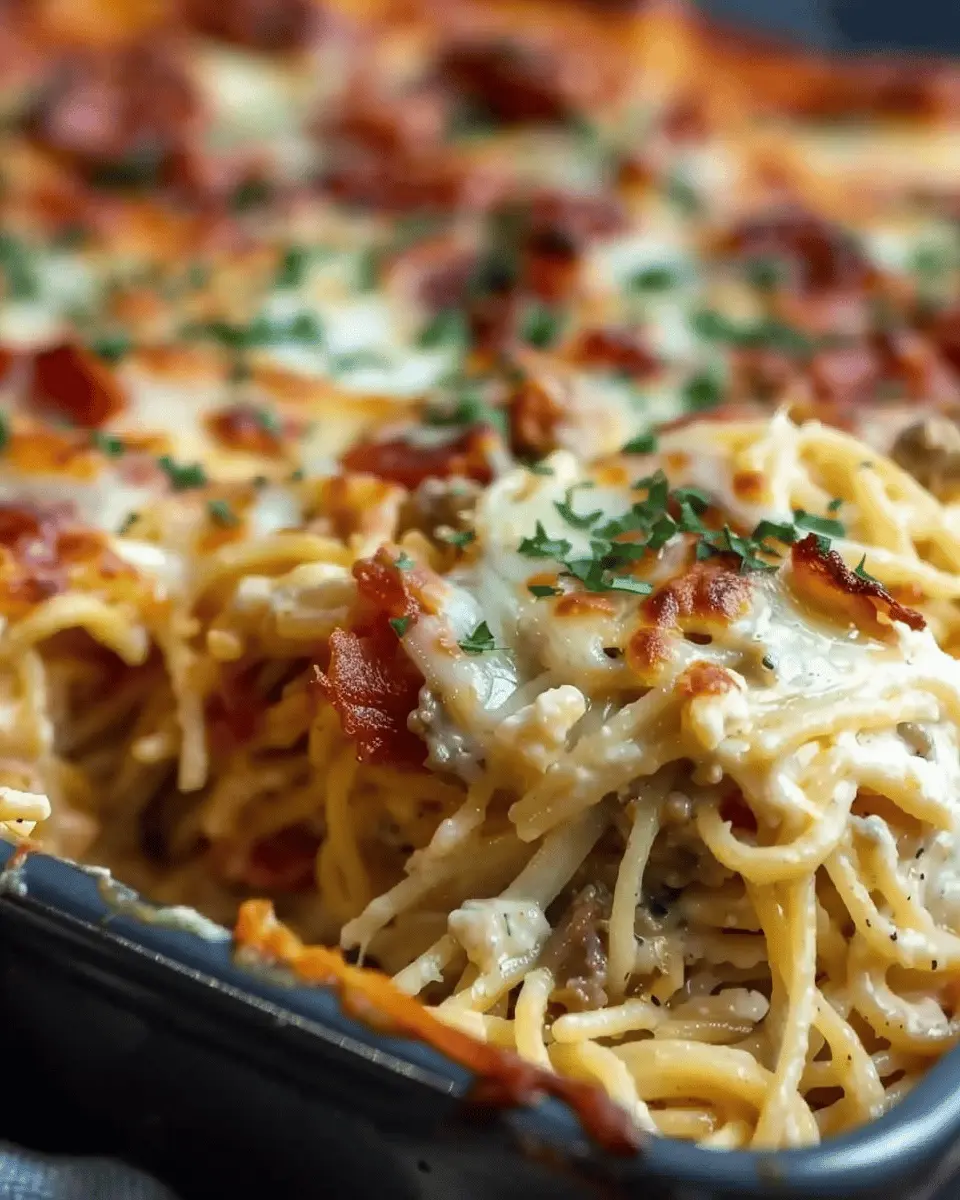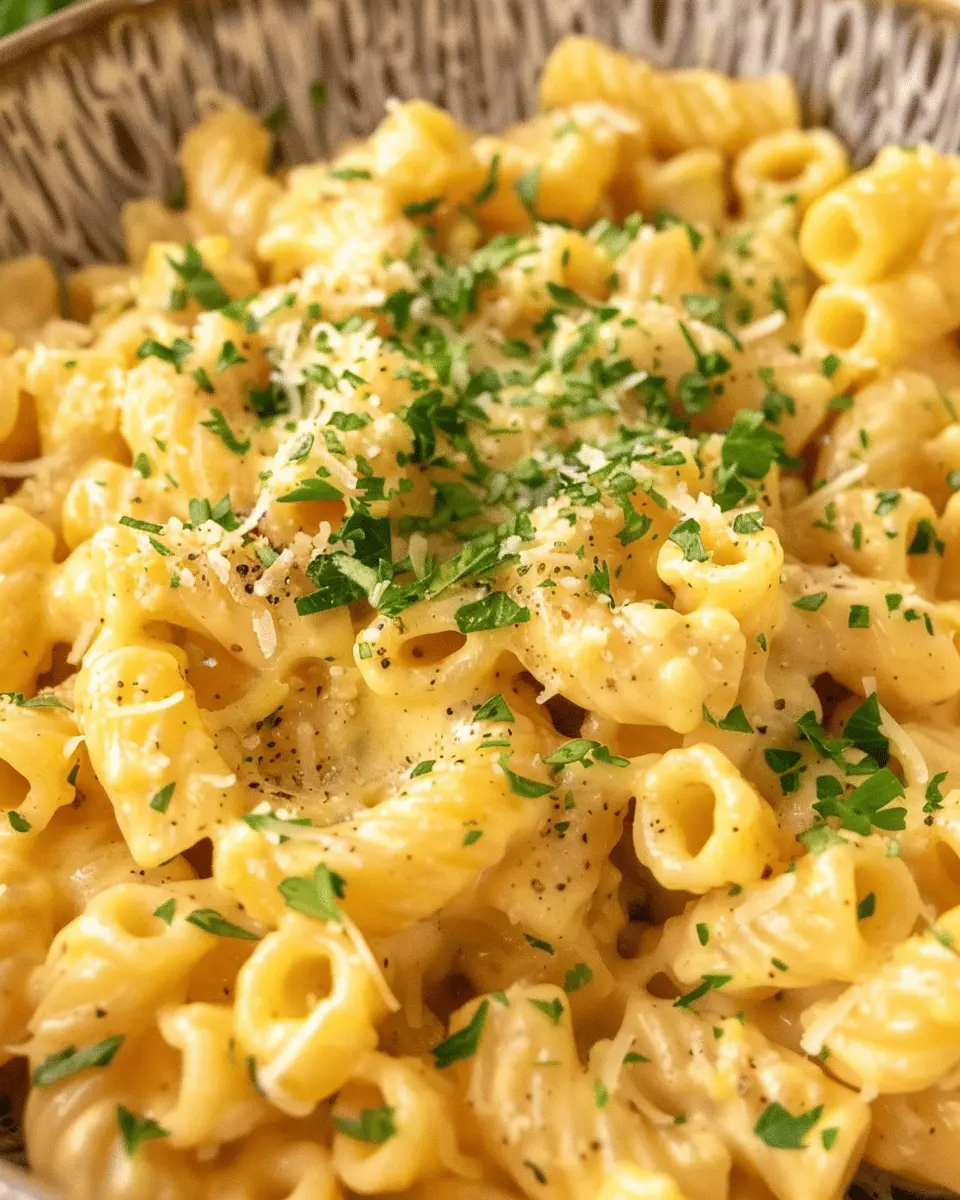Homemade Pizza Dough Guide for Young Professionals
Why Make Homemade Pizza Dough?
As a young professional navigating the hustle and bustle of daily life, you may ask yourself, “Why should I bother with homemade pizza dough when there are so many convenient options available?” Well, the answer is simple: quality and satisfaction. When you make your own dough, you not only control the ingredients—ensuring freshness and avoiding preservatives—but you also indulge in the therapeutic process of cooking. It’s an opportunity to disconnect from screens and enjoy a little mindfulness while creating something delicious. Plus, did you know that homemade pizza can be healthier? According to nutritionists, you’re able to incorporate whole grain flours and fresh toppings, keeping your pizza nutritious and satisfying.
The Benefits of Homemade Pizza Night
Picture this: it’s Friday night after a long week, and instead of resorting to takeout, you decide to treat yourself (and maybe some friends) to a homemade pizza night. This isn’t just about the tasty result; it’s about the entire experience:
-
Creativity and Customization: Designing your pizza gives you the freedom to experiment with flavors. Whether you’re a fan of spicy barbecue chicken with fresh peppers or a classic Margherita, the choice is yours! Feeling adventurous? Try out unique toppings like turkey bacon or fresh arugula for unexpected flavor blends.
-
Cost-Effectiveness: Making your own dough and toppings can save you a fair amount of money compared to frequent dining out. A pizza night at home can cost as little as $10, while pizza delivery might set you back $25 or more.
-
Social Activity: This can double as a fun gathering. Invite coworkers over, and set up a pizza-making station where everyone can get creative. Not only does this foster connections, but it also leads to laughter and good food!
-
Stress Relief: Kneading dough can be incredibly satisfying. Whether you’re stretching your dough or chopping veggies, cooking can help you unwind after a busy week.
So, why not embrace the joy of homemade pizza dough? For inspiration, check out resources like Serious Eats or Bon Appétit. They have some amazing recipes and tips to get you started on your culinary adventure!
Embark on this delicious journey and make your homemade pizza night a regular affair. You won’t regret it!

Essential Ingredients for Homemade Pizza Dough
Common Ingredients Overview
Creating your own homemade pizza dough is not only satisfying but also opens up a world of culinary possibilities. The basic ingredients are simple and commonly found in most kitchens:
- All-purpose flour: The backbone of your dough, providing structure and chewiness.
- Active dry yeast: This little powerhouse is responsible for the dough’s rise, giving it that airy, light texture.
- Warm water: To activate the yeast – just the right temperature helps the magic happen.
- Olive oil: Adds flavor and helps keep your dough supple.
- Salt: Essential for taste, it also strengthens gluten to enhance the texture.
For more insights on the science behind these ingredients, you can check out this article on food and fermentation.
Special Tools You Might Need
While you can make pizza dough with minimal equipment, having the right tools can make the process smoother:
- Mixing bowl: A large one allows you to easily knead and combine ingredients.
- Measuring cups and spoons: Precision is key in baking!
- Kitchen scale: For those who prefer weight-based measurements for consistency.
- Rolling pin: Helps achieve that perfect thickness for your crust.
- Pizza stone or baking sheet: To ensure an even cook for your masterpiece.
Investing in these tools can elevate your homemade pizza game, making it not just a meal, but a delicious experience!
Step-by-Step Preparation for Homemade Pizza Dough
Making your own homemade pizza dough is a rewarding experience that can elevate your pizza game to a whole new level. The beauty of crafting your own dough lies in the wonderful flavors it brings and the creativity you can express with your toppings. Let’s dive into how to prepare this delightful base—step by step!
Gather Your Ingredients
Before you get started, it’s essential to gather all your ingredients. Here’s what you’ll need:
- 2 ½ cups all-purpose flour (plus extra for dusting)
- 1 teaspoon active dry yeast
- 1 teaspoon salt
- 1 tablespoon sugar
- 1 cup warm water (around 110°F)
- 2 tablespoons olive oil
Having everything in one place not only streamlines the process but also makes it more enjoyable! You might find it interesting to note that using high-quality ingredients can significantly impact the taste of your dough.
Combine Dry Ingredients
In a large mixing bowl, combine the all-purpose flour, sugar, salt, and active dry yeast. Here’s the fun part—use a whisk to blend these dry ingredients together! This helps ensure that the yeast is evenly distributed in the flour, which is crucial for an even rise.
Pro Tip: Ensure that your yeast is fresh! Old or expired yeast will not give you the fluffy dough we all desire. If you’re unsure about the freshness, you can activate your yeast by mixing it with warm water and letting it sit for five minutes until it’s frothy.
Add Water and Mix Until Sticky
Next, slowly add the warm water and olive oil to the dry mixture. Grab a wooden spoon or your hands (you’ll get messy, but that’s part of the fun!) and stir until the dough starts to come together. At this stage, don’t be afraid if it feels a bit sticky. That’s actually a good thing!
If it feels too wet, you can gradually add a little more flour, but remember that a slightly sticky dough will yield a softer crust once baked.
Let the Dough Rise
Once the dough is mixed, it’s time to let it rise. Transfer it to a lightly oiled bowl and cover it with a damp cloth or plastic wrap. Place it in a warm area of your kitchen—you can even set it near the oven while it preheats.
Let it rise for about 1-2 hours until it’s doubled in size. This stage not only enhances the flavor of your homemade pizza dough but also creates that wonderful chewy texture. Did you know that dough rises due to carbon dioxide produced by yeast? It’s like a tiny science experiment in your kitchen!
Divide and Shape the Dough
After the dough has risen, gently punch it down to release any excess air. Now it’s time to divide it according to how many pizzas you want to make. Typically, this recipe yields enough for 2-3 medium pizzas.
Shape each piece of dough into a ball. For the best results, gently stretch and fold the dough to create surface tension. This will help achieve that perfect crust once baked. You can immediately roll it out into a pizza shape or wrap it in plastic and refrigerate it for later use.
Putting It All Together
Now that you’ve fully prepared your homemade pizza dough, you’re just a step away from delicious, personalized pizzas. All that’s left is to add your favorite toppings—think turkey bacon, chicken ham, or fresh veggies—and bake them until golden brown.
If you’re looking for more inspiration, consider exploring a variety of pizza sauce recipes or checking out expert tips on dough techniques at resources like King Arthur Baking or Serious Eats.
With this engaging process, you’re not just making pizza; you’re creating a delicious memory. Enjoy the process, have fun, and savor every bite of your homemade pizza masterpiece!

Delicious Variations of Homemade Pizza Dough
Creating homemade pizza dough opens a whole world of delicious possibilities. Sure, you can stick to the traditional styles, but why not take a little creative leap? Here are two fantastic variations that will elevate your pizza game.
Classic Margherita Pizza
You can’t go wrong with a classic Margherita. Simple yet sophisticated, this pizza highlights the quality of your homemade pizza dough. Here’s what you’ll need:
- Fresh mozzarella
- Ripe tomatoes (or a rich tomato sauce)
- Fresh basil leaves
- A drizzle of extra virgin olive oil
- A pinch of sea salt
To prepare, roll out your dough to a perfect circle, spread a thin layer of sauce, and evenly distribute slices of mozzarella. Once it’s out of the oven, add fresh basil and a splash of olive oil. This timeless dish not only satisfies but is a beautiful tribute to the Italian culinary heritage. Check out this guide for more Margherita tips!
Kale and Crème Fraîche Unique Twist
Looking to mix things up? Why not try a kale and crème fraîche variation for a tasty surprise? This option is not only unique but packed with nutrients. Here’s what to gather:
- Sautéed kale (seasoned with garlic)
- Crème fraîche or rich Greek yogurt
- Shredded cheese (like Gruyère or feta)
- Olive oil drizzles
Spread the crème fraîche over your prepared dough, layer on the sautéed kale, and sprinkle your choice of cheese on top. Bake until the edges are golden and the cheese is melted. This unexpected blend is sure to impress and offers a delightful taste experience.
Trying these variations on your next pizza night? Your friends will thank you!
Cooking Tips and Notes for Perfect Pizza
Importance of Hydration Levels
When working with homemade pizza dough, understanding hydration is crucial. The water content affects the dough’s texture and elasticity. A higher hydration level can yield a softer crust that forms those delightful air pockets. Aim for a hydration level around 60% for a chewy yet tender pizza base. Remember, if you’re struggling to work with stickier dough, don’t be afraid to lightly flour your surface or hands, but try not to overdo it!
The Best Baking Methods
Baking your pizza can be a game-changer! For the perfect crispy crust, consider using a pizza stone or steel, which retains heat effectively. Preheat your oven to its highest setting (usually around 475°F or 245°C) for at least 30 minutes before baking. If you don’t have a pizza stone, an inverted baking sheet can suffice. A fun tip? Baking your pizza on parchment paper allows for easy transfer to and from your oven.
For more tips, check out expert sources like Serious Eats or Bon Appétit, which offer fantastic insights on pizza-making techniques. Happy cooking!

Serving Suggestions for Homemade Pizza
Pairing Pizzas with Sides and Drinks
When you whip up your delicious homemade pizza dough, consider complementing it with the right sides and drinks! Fresh sides like a crisp Caesar salad or garlic knots can elevate your pizza night. For drinks, try pairing your pizza with refreshing sparkling water, iced tea, or a vibrant fruit soda — all enhance the flavors without overpowering them.
Creative Topping Ideas
Don’t be afraid to get creative with your toppings! While classic margherita is a winner, consider these fun combinations:
- Veggie Delight: Spinach, artichokes, and feta cheese for a Mediterranean twist.
- The Meat Lover: Turkey bacon, chicken ham, and beef for a hearty option.
- Sweet and Savory: Goat cheese with figs and balsamic drizzle for an unexpected flavor kick.
Want more inspiration? Check out platforms like Food Network for countless topping combinations tailored to various tastes. Your homemade pizza dough is a canvas — let your imagination run wild!
Time Breakdown for Homemade Pizza Dough
Creating your homemade pizza dough is a rewarding experience that doesn’t take all day. Here’s how the timing pans out:
Preparation time
This step takes about 10 to 15 minutes. Gather your ingredients, mix the flour, yeast, water, and salt, and knead until you’ve got a smooth dough.
Rising time
Let your dough rise for roughly 1 to 1.5 hours. This allows it to double in size, ensuring a lovely, airy crust. You can think of this as perfect timing for a quick stretch or catching up on your favorite show!
Baking time
Once shaped and topped, your pizza will need about 12 to 15 minutes in the oven. The result? A perfectly crispy crust!
Total time
In total, expect to spend around 1.5 to 2.5 hours from start to finish, including rising. Your homemade pizza dough is not just a recipe; it’s an opportunity to impress your friends with a fresh creation!
For some inspiration on toppings, check out Food Network’s pizza guide.
Nutritional Facts for Homemade Pizza
Caloric Information
When crafting your own homemade pizza dough, it’s helpful to know what you’re fueling your body with. A typical serving of crust (about 1/8 of a large pizza) packs around 150-200 calories. This varies based on additional toppings, of course; the choice between classic mozzarella or a lighter cheese can shift those numbers.
Macronutrient Breakdown
Understanding the macronutrient breakdown can help you make informed choices:
- Carbohydrates: Approximately 25-30 grams per serving. Perfect for energy, especially when combined with protein.
- Protein: You’ll find about 5-7 grams in a single slice, depending on your toppings, like chicken ham or turkey bacon.
- Fats: The dough itself is relatively low in fat, around 2-4 grams, but can increase with added cheese and oils.
With your homemade pizza dough, you have the freedom to adjust these macros according to your dietary preferences! For more detailed insights, the USDA’s FoodData Central offers an excellent resource for calculating specific ingredient contributions. Keep experimenting to find a balance that suits your lifestyle!
FAQs about Homemade Pizza Dough
When diving into the world of homemade pizza dough, you might run into a few common questions. Let’s tackle them together!
What can I use if I don’t have bread flour?
No bread flour, no problem! You can easily substitute all-purpose flour for bread flour in your homemade pizza dough recipe. It may slightly alter the texture, resulting in a less chewy crust, but it will still be delicious. If you want to mimic the properties of bread flour, consider adding a tablespoon of vital wheat gluten to your all-purpose flour. This can help achieve a better rise and chewiness, enhancing your pizza experience.
For more tips on flour types, check out this extensive guide from King Arthur Baking.
Can I freeze leftover dough?
Absolutely! Freezing your homemade pizza dough is a fantastic way to prevent waste. Just wrap the dough tightly in plastic wrap and store it in an airtight container. It can last up to three months in the freezer. When you’re ready to use it, simply thaw it in the fridge overnight or let it sit at room temperature for about 30 minutes before shaping. This method ensures your dough retains its quality and flavor.
How can I achieve a crispy crust?
A crispy crust is the holy grail of pizza! Here’s how you can ensure yours turns out perfectly:
- Preheat your oven: Set it to the highest temperature possible (usually around 475°F to 500°F) and let it preheat for at least 30 minutes.
- Use a pizza stone or steel: These tools retain heat, creating that lovely crispy bottom.
- Thin crust: Roll your dough out thinly; a thinner base helps it crisp up nicely.
With these tips in your back pocket, your pizza nights are sure to be a hit!
Have more questions about homemade pizza dough? Feel free to drop them in the comments!
Conclusion on Homemade Pizza Dough
Recap of making pizza at home
Creating your own homemade pizza dough is a rewarding experience that brings a taste of Italy right to your kitchen. It’s straightforward, and with just a few ingredients—flour, water, yeast, and salt—you can craft a dough that’s perfect for your favorite toppings. Remember, the journey from flour to pizza is not just about the process; it’s about sharing delicious moments with friends and family.
Explore flavors and combinations
Don’t stop at the classic marinara and cheese! Experimenting with toppings and sauces is part of the fun. How about a white sauce base with spinach and feta, or a BBQ chicken pizza featuring chicken ham and a drizzle of BBQ sauce? The possibilities are endless, so let your culinary creativity flow!
For tips on unique flavor combinations, check out resources like Serious Eats or Bon Appétit. Embrace the joy of crafting your own pizza masterpiece, and remember—every dough is a blank canvas!
PrintHomemade Pizza Dough: The Easy Way to Create Pizza Perfection
Learn how to make homemade pizza dough that’s easy to work with and perfect for any pizza recipe.
- Prep Time: 20 minutes
- Cook Time: 15 minutes
- Total Time: 1 hour 35 minutes
- Yield: 2 pizza crusts 1x
- Category: Pizza
- Method: Baking
- Cuisine: Italian
- Diet: Vegetarian
Ingredients
- 2 cups all-purpose flour
- 1 teaspoon salt
- 1 tablespoon sugar
- 1 packet active dry yeast
- 1 cup warm water
- 1 tablespoon olive oil
Instructions
- In a bowl, mix warm water, sugar, and yeast. Let it sit for 5-10 minutes until foamy.
- In a large bowl, combine flour and salt.
- Pour the yeast mixture into the flour, followed by olive oil.
- Knead the dough on a floured surface for about 5-7 minutes until smooth.
- Place the dough in a greased bowl, cover it, and let it rise for 1 hour.
- Punch down the dough and roll it out to your desired thickness.
- Top with your favorite ingredients and bake at 475°F (245°C) for 12-15 minutes.
Notes
- Letting the dough rise longer can develop more flavor.
- You can also use whole-wheat flour for a healthier option.
Nutrition
- Serving Size: 1 slice
- Calories: 150
- Sugar: 1g
- Sodium: 200mg
- Fat: 3g
- Saturated Fat: 0.5g
- Unsaturated Fat: 2g
- Trans Fat: 0g
- Carbohydrates: 28g
- Fiber: 1g
- Protein: 5g
- Cholesterol: 0mg
Keywords: Homemade Pizza Dough













